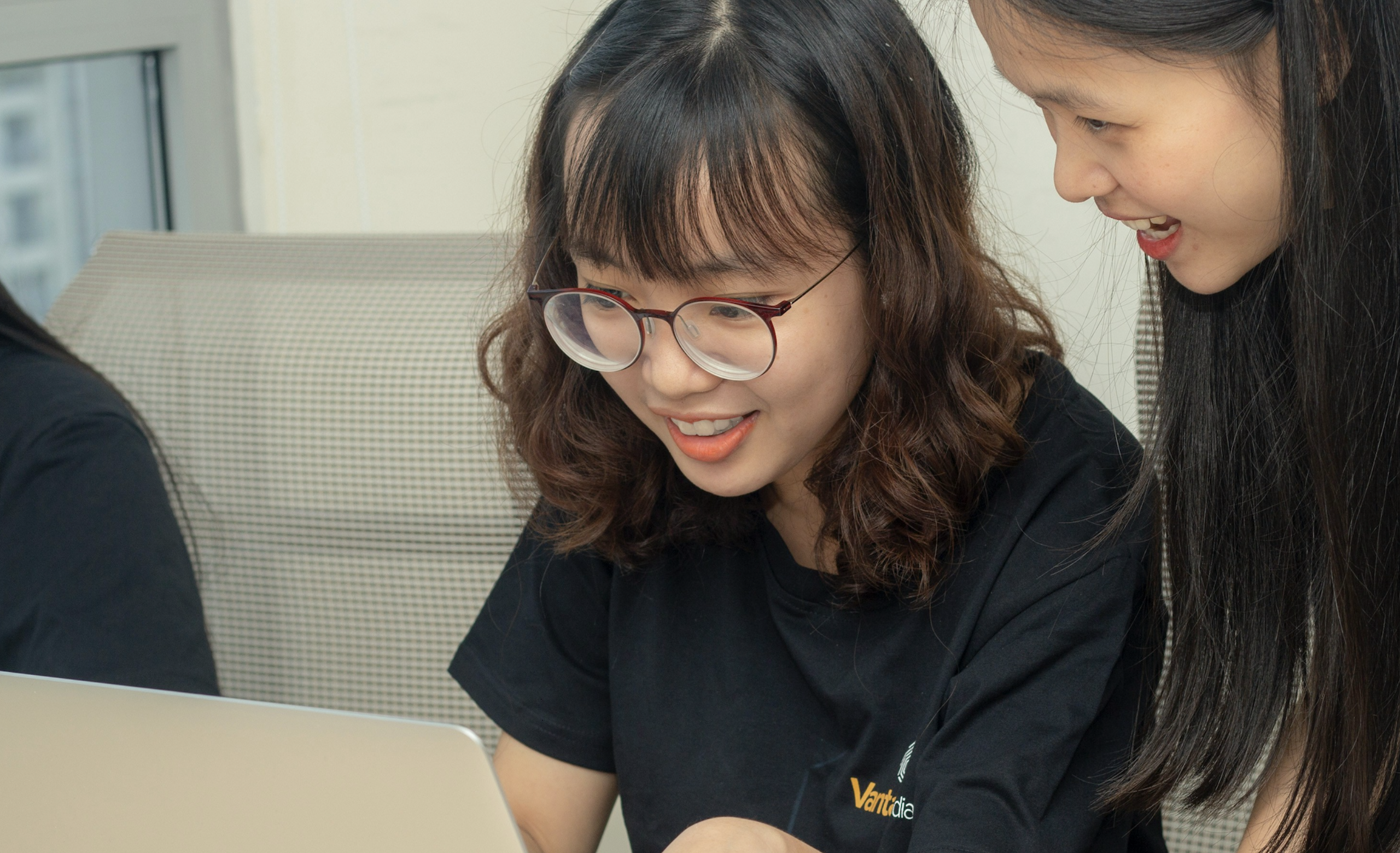Although inequality is widespread and on the rise in the United States, we know there are effective responses. The success of anti-poverty programs shows that inequality can be diminished by social policy.
We have also seen how initiatives such as family-school engagement programs and small class sizes in the early elementary grades can lessen the effects of unequal circumstances on the opportunities and outcomes of the next generation. Despite such successes, inequality remains high, its effects are growing, and we know that we need to do more.
Research can do more than help us understand the problem—it can point us towards more effective responses to inequality.
With this in mind, we recently launched a research initiative to reduce inequality among youth. After reviewing nearly 400 letters of inquiry, we share some thoughts about the research we want to support, along with recommendations for future applicants.
Certainly, there is mounting research evidence about the scope of the issues and the causes and consequences of inequality. Our view at the William T. Grant Foundation is that the time has come to shift the conversation towards how to reduce inequality. The Foundation introduced the reducing inequality initiative because research can do more than help us understand the problem—it can point us towards more effective responses to inequality. We want to support research that will help build, understand, test, and improve programs, policies, and practices that reduce inequality for youth ages 5 to 25 in the United States.
Given the broad scope of inequality, our vision is necessarily expansive. Beyond the fact that youth ages 5 to 25 should be the focus of the research, what are we seeking? We are looking for research that uncovers new levers for reducing inequality. We are looking for research that focuses on programs, policies, and practices to mitigate inequality. And we are looking for research that improves how we measure inequality in order to strengthen the work of researchers, practitioners, or policymakers.
Types of Inequalities & Youth Development Outcomes
Inequality exists along many dimensions and affects a variety of youth outcomes. We are especially interested in reducing inequality on the basis of economic, race/ethnic, and immigrant origins, and are currently focused on academic, behavioral, social, and economic outcomes. For instance, we have supported research examining programs that serve immigrant youth, a group that represents the fastest growing sector of the U.S. child population. One study looks at the practices of art programs and how they use immigrant youth culture to develop sociopolitical awareness among Hmong, Latino, and Somali immigrant youth.
Key Debates in Reducing Inequality
We are interested in research that has the potential to change the ways people think about a key debate in reducing inequality. As one example: U.S. federal policy holds states accountable for turning around chronically low-performing public schools. Despite these demands for change, research on strategies to accomplish school turnaround has been limited. We have supported research to investigate strategies that give special supports to schools designated as low-performing. This study has two goals: (1) to look at how these turnaround strategies have influenced school practices and performance and (2) to offer a frame of comparison by looking at schools that have similarly poor academic outcomes, but did not receive special supports because they were not designated as low-performing.
Levers of Change
We are interested in research that pushes our understanding of levers of change. Research findings should feel useful to the practitioners and policymakers who work to address unequal youth outcomes. Consider English language learners (ELLs), who are about nine percent of the nation’s public school students. We have supported research on an observational tool that identifies effective English language arts instruction for ELLs in elementary school. At this early stage, the tool helps researchers clarify what effective practices look like, but the longer term goal is to help educators improve teaching and learning for ELLs.



